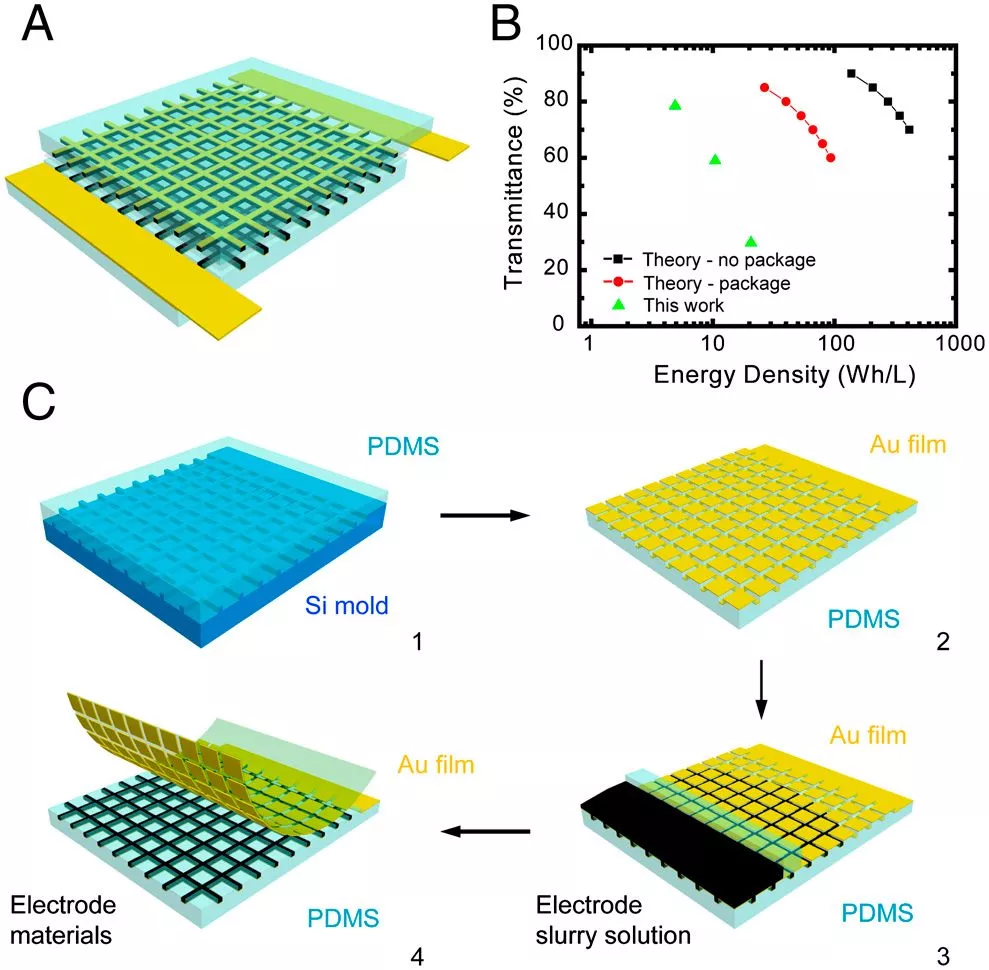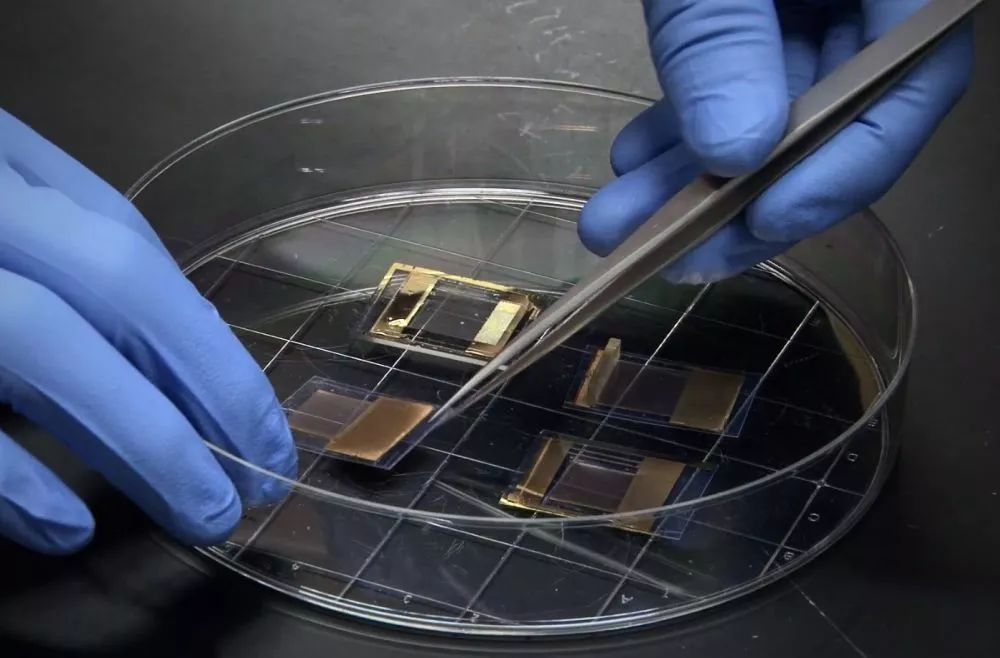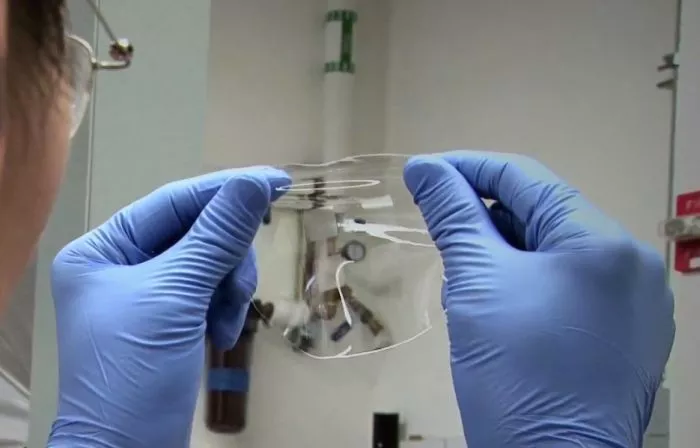There have been numerous attempts at designing partially transparent gadgets over the years, with the LG GD900 cell phone being a notable example. Fully translucent mobile devices are difficult to produce, however, as they would require a fully see-through battery, which hasn't been available yet. Stanford University researchers now claim to have developed such a device - a see-through, flexible, lithium-ion battery, suitable for powering mobile gadgets like cell phones, tablets or e-readers.
Yi Cui and Yuan Yang (a Materials Science professor and a graduate student respectively) are the pair of Stanford University researchers behind the invention. Their findings were published in the July 25 issue of the Proceedings of the National Academy of Sciences.
It's possible to develop a transparent packaging for the battery, but not the battery electrode materials, they say. Therefore, the key idea was to reduce the size of the battery electrodes, making them invisible to the naked eye (smaller than 50 microns - around 0.002 in). As the traditional approach of using thin films was unsuitable in this case, they instead devised a structure consisting of a mesh of electrodes, with each line being approximately 35 microns wide. Utilizing Polydimethylsiloxane (PDMS) - a clear substance used in plastic surgery and contact lenses - as well as a transparent electrolyte gel, the researchers made the battery flexible. Preliminary tests have shown its transparency is up to 62 percent.
However, the prototype see-through battery is only about half as powerful as a standard li-ion battery of the same size - it is comparable to a nickel-cadmium battery being used in some less energy-intensive devices. According to the researchers, "by aligning multiple electrodes together, the amount of energy stored increases readily without sacrificing the transparency," so it might be possible to improve the density of the current prototype in the future. The manufacturing process is scalable and there is potential for commercial application, according to Cui.

Cui and Yang are in fact not the only researchers to have shown their work on a transparent battery. As we reported back in 2007, a Japanese team from Waseda University was working on a similarly flexible and see-through battery, utilizing nitroxide radicals as charge carriers.
Source: Stanford University
The following video is a brief presentation of the new invention:







